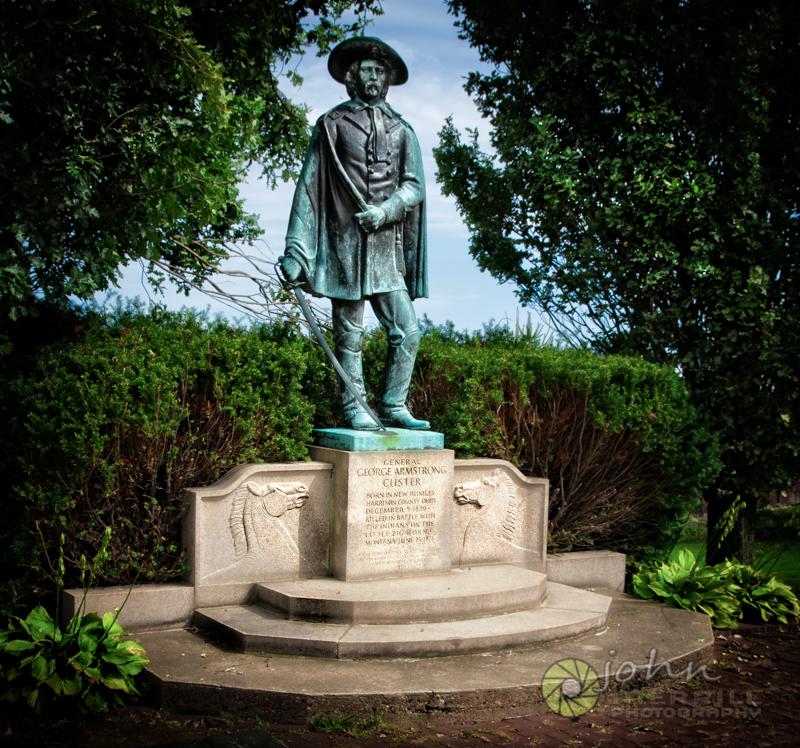
August 4, 1873: A man born in the Appalachian foothills of eastern Ohio, a man who had received praise from the President of the United States as a Civil War cavalry officer, was now relegated to guard duty for a survey party laying out the route for a 3rd transcontinental railroad. This route however, would take it through hostile Sioux lands. Custer was anxious for a fight and looking for one. It had been 2 years since he and his men had been in a fire-fight, yet for most of this assignment it had been uneventful.
For a time Custer and his scouts had seen Sioux in the distance but never close enough to engage. Years later, Sioux survivors would related how they had been testing the cavalry to see if they would engage. And, according to their accounts, they always failed the test. But on this day in 1873 and a scouting party from a large group of Sioux being led by Crazy Horse and Sitting Bull, had attacked a scouting party from the 7th Cavalry.
When alerted of the attack, Custer threw everything he could into the skirmish and the Sioux quickly retreated. During the skirmish, one cavalrymen and one Sioux warrior were killed. The consequences of this brief engagement would play heavily a few years later when these same combatants would meet each other along a river in South Dakota known as the Little Big Horn.
For Custer, the engagement reinforced his idea that the Plains Indians were poor fighters, and likely to run when faced with a superior foe. For the Sioux leaders Sitting Bull and Crazy Horse, they confirmed that the American cavalry leader was impetuous that would engage at the slightest provocation. These initial assessments would both be confirmed three years later.
Read more about Custer’s New Rumley Memorial and birthplace >>